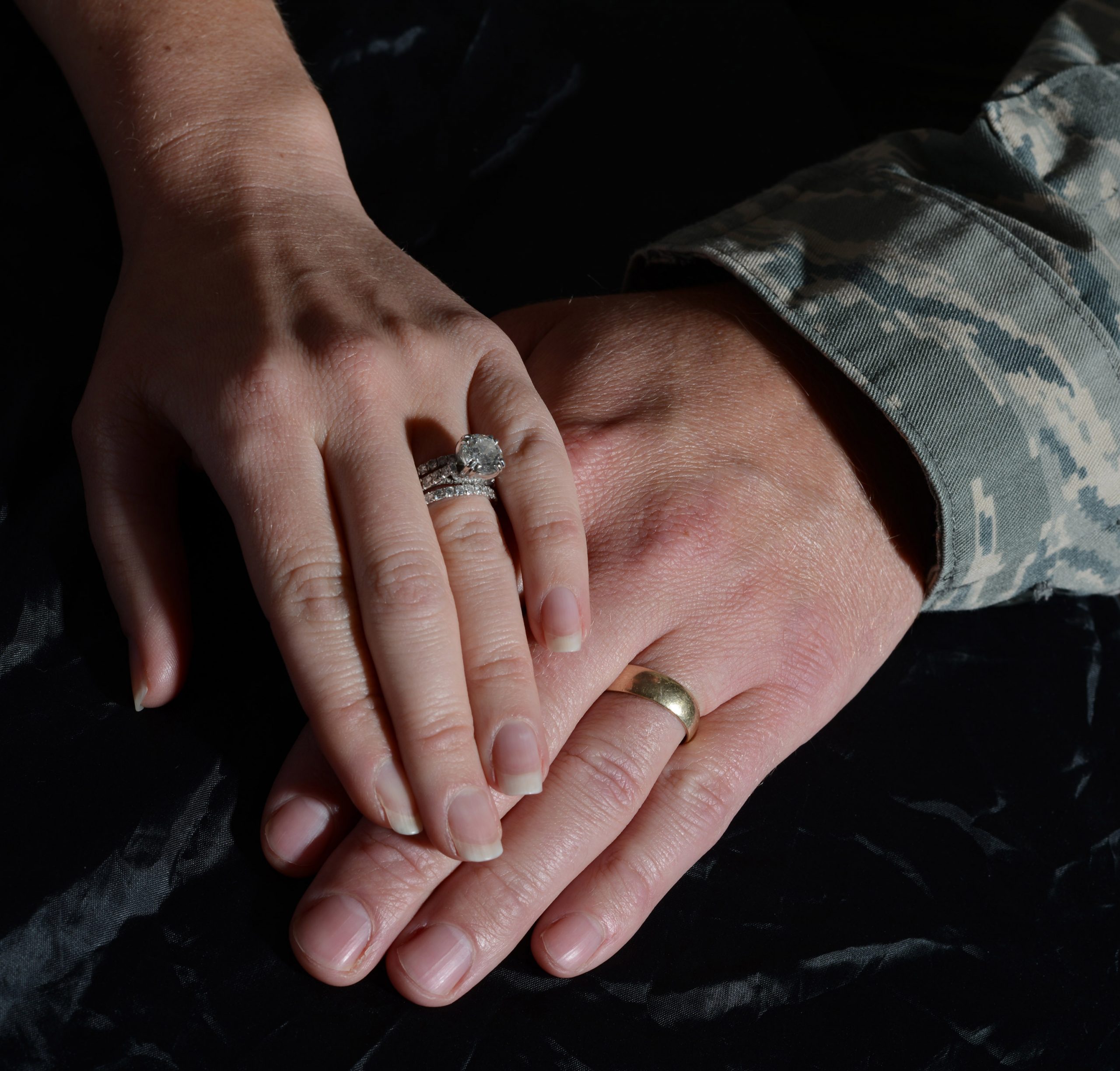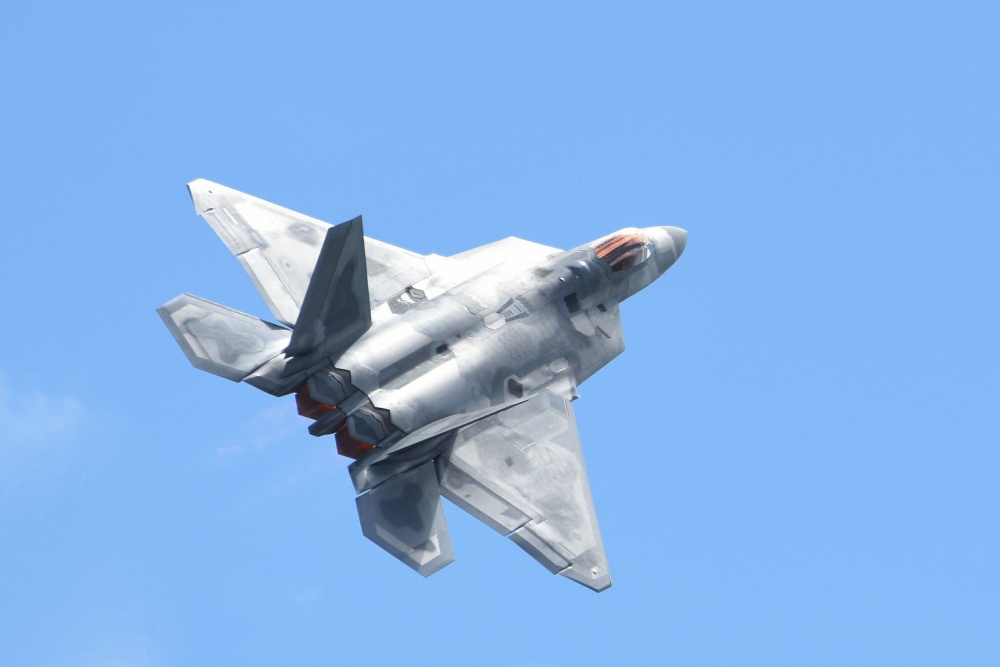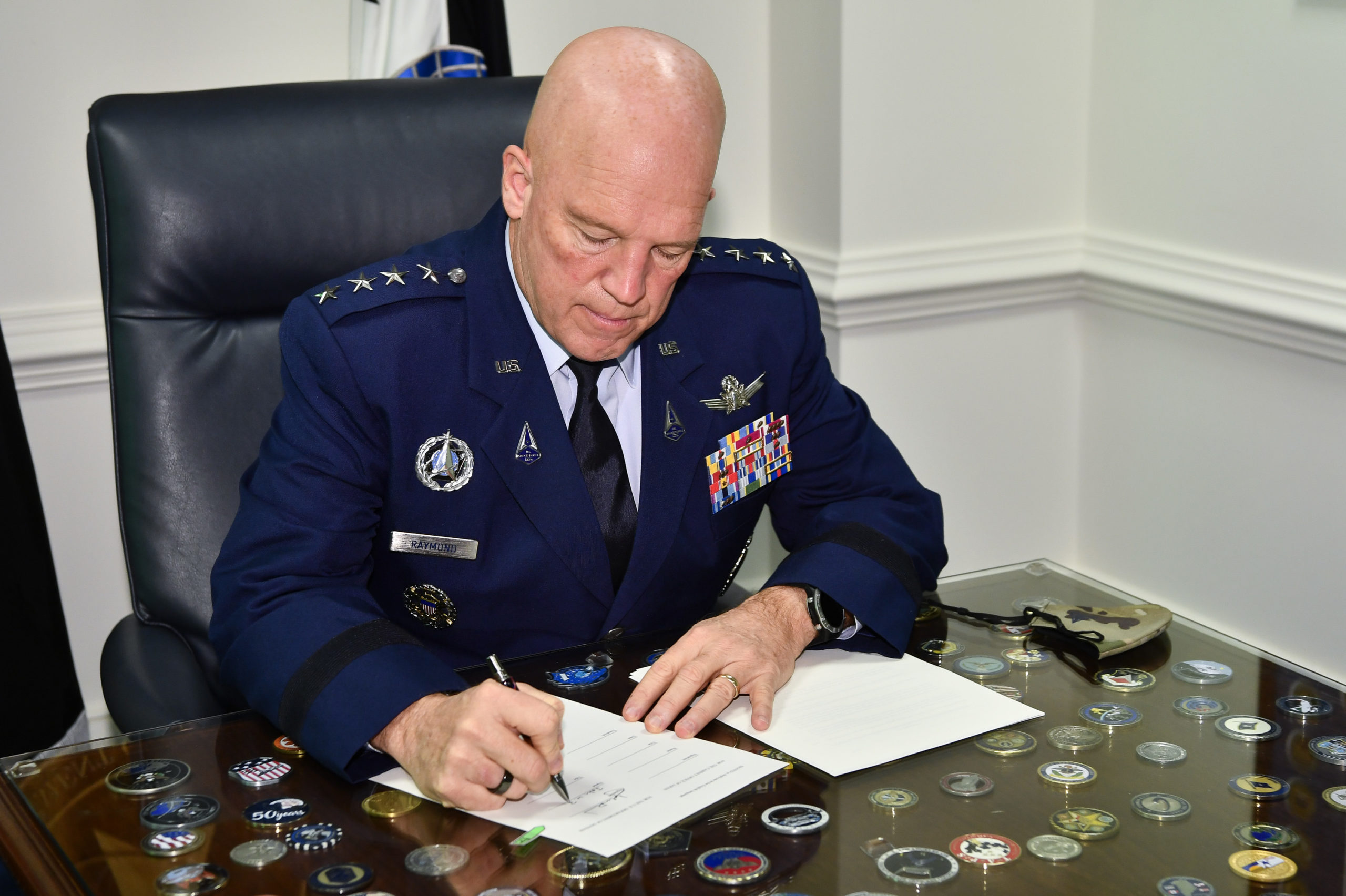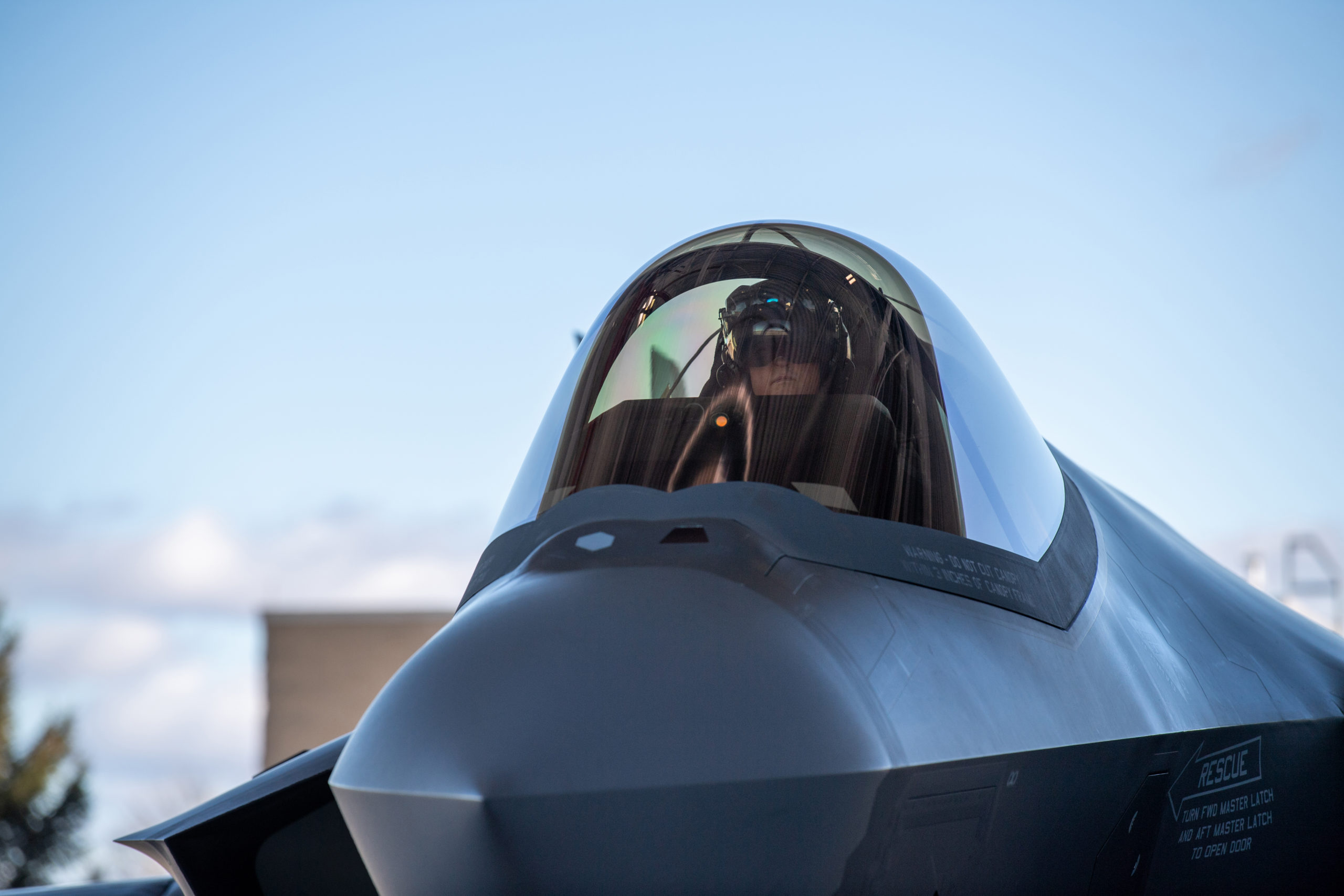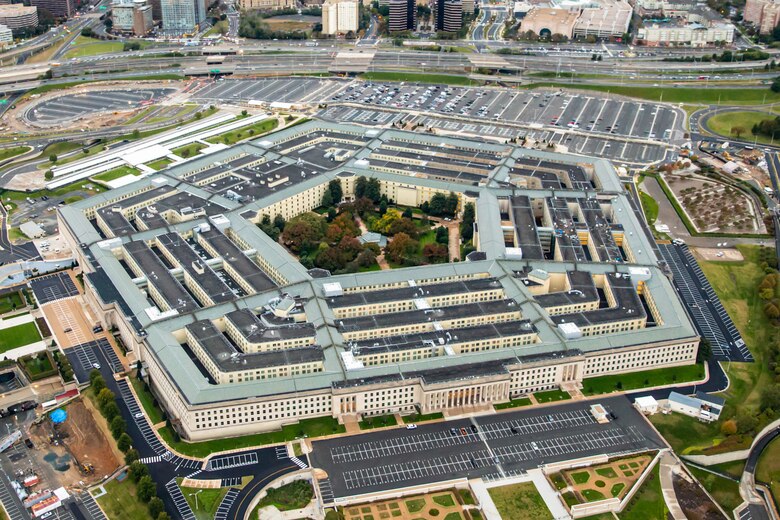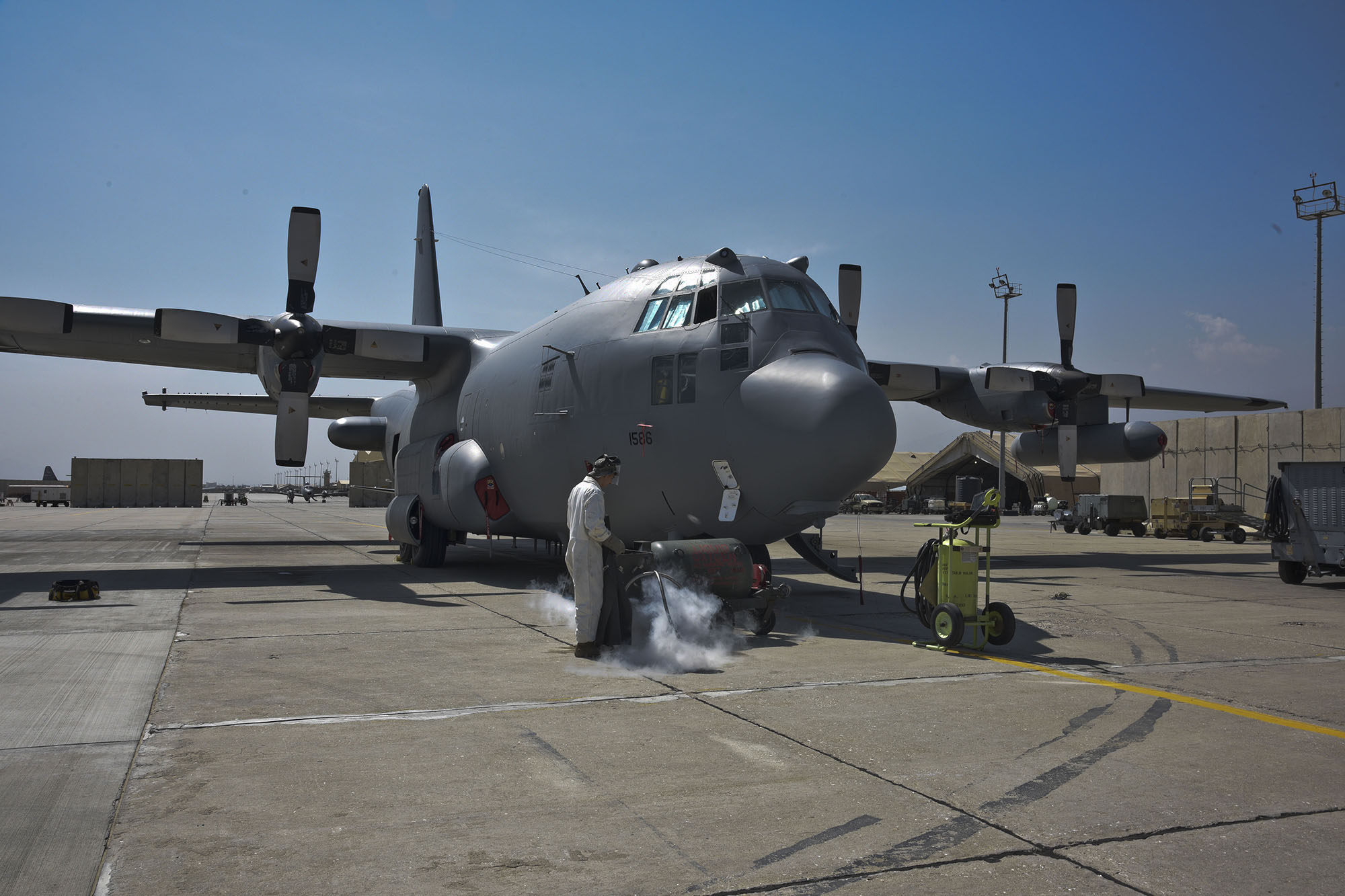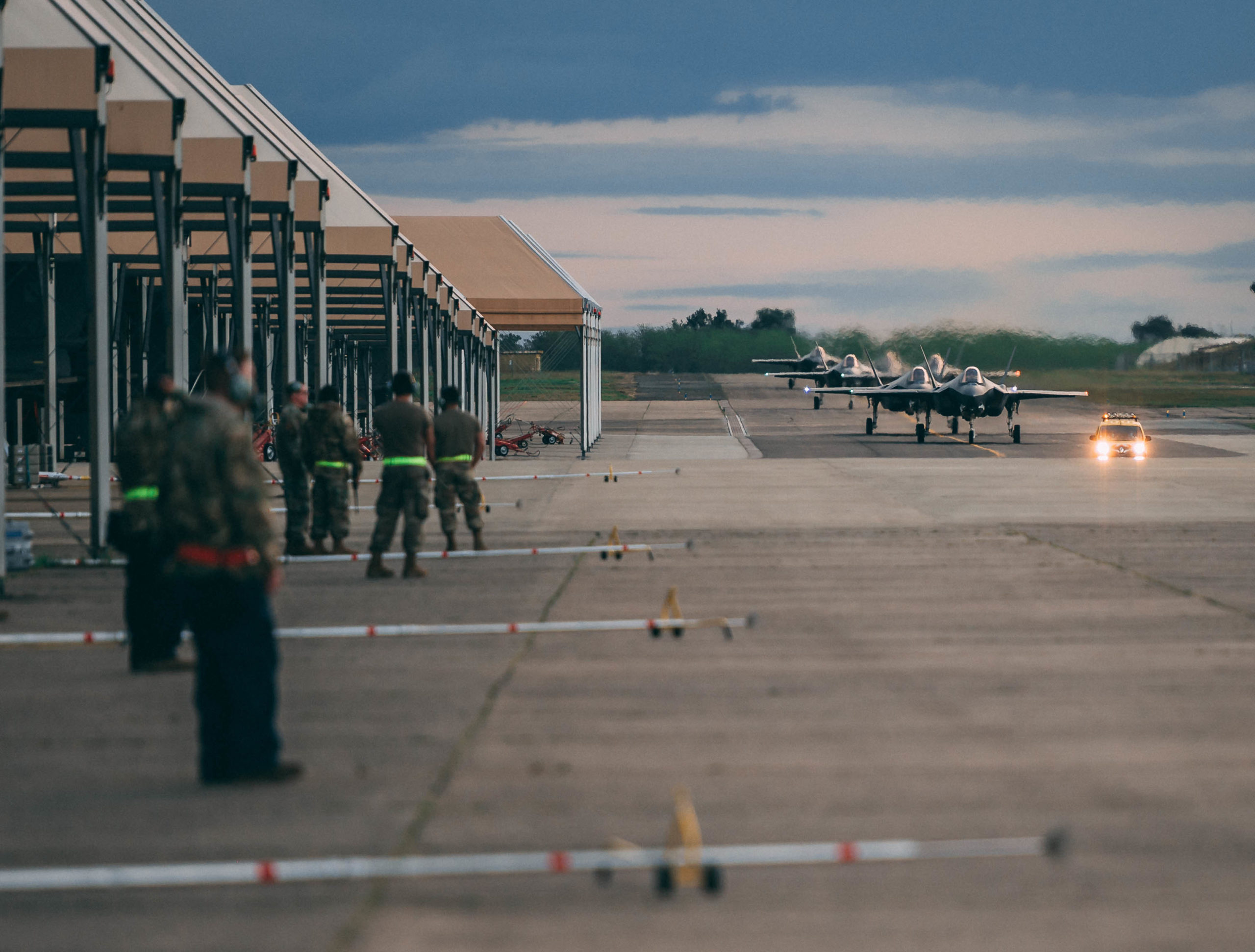Suicide rates in the Air Force are starting to drop after back-to-back years of exceptionally high rates as the department enacts new policies to address the problem.
There were more than 100 suicides in the Air Force in both 2019 and 2020, causing leaders to order a “tactical pause” to discuss the issue and study new policies aimed at curbing the problem. Lt. Gen. Brian T. Kelly, the deputy chief of staff for manpower, personnel, and services, told the Senate Armed Services personnel subcommittee May 12 that though it is only five months into the year, there has been some progress.
“While early and unofficial, our suicide rates to date in 2021 are back to pre-2018 levels,” Kelly said.
Following the standdown, and the COVID-19 pandemic in 2020, the Air Force “provided tools and lessons from the previous tactical pause to help maintain social connections during a time of physical distancing,” Kelly said in prepared testimony to the committee.
The Air Force for the first time offered training for family members, including ways for loved ones to identify warning signs “and act as another sensor in our detection and prevention methods,” he said. So far, more than 4,785 family members have taken the training.
In 2020, the demographic most likely to commit suicide was single men ages 23-30, ranked E-1 to E-4. Research showed that relationship issues are the biggest stressor associated with suicide, with about 40 percent of suicides preceded “by significant relationship problems or failure,” Kelly said. Between 20 percent and 30 percent experienced two or more stressors, and another 40 percent had no apparent risk factors.
Personal guns have been involved in more than 70 percent of Air Force suicide deaths since 2015 and are the most common means of suicide, Kelly said. Within the past two years, an Air Force campaign focused on safe storage and “reducing the immediacy of access to firearms for those in distress and preventing firearm accidents” has distributed 202,000 gun locks along with education and training materials, Kelly said.
For 2021, the Air Force is focusing on five “prevention priorities:” building connections, detecting risk, promoting protective environments, and equipping Airmen and families to mitigate risk and build resilience. These will include pressing leaders to “build unit connection and purpose,” increasing communications about prevention resources, focusing on time-based prevention, including the gun safes, empowering families, and evaluating the overall efforts “to drive program improvements,” Kelly said.
